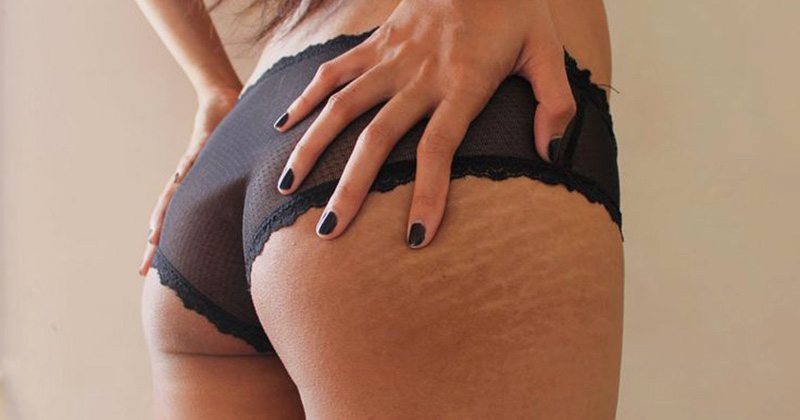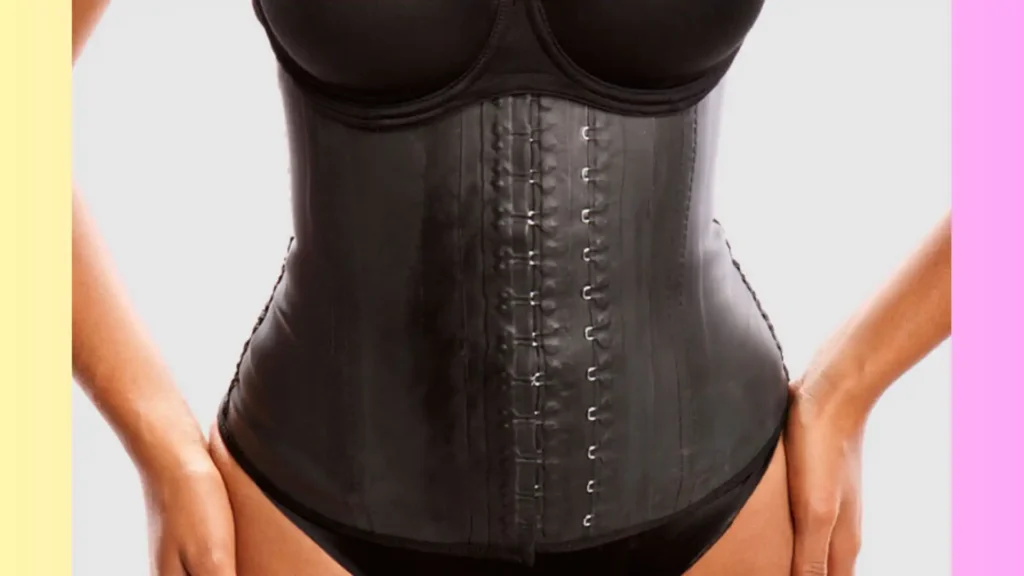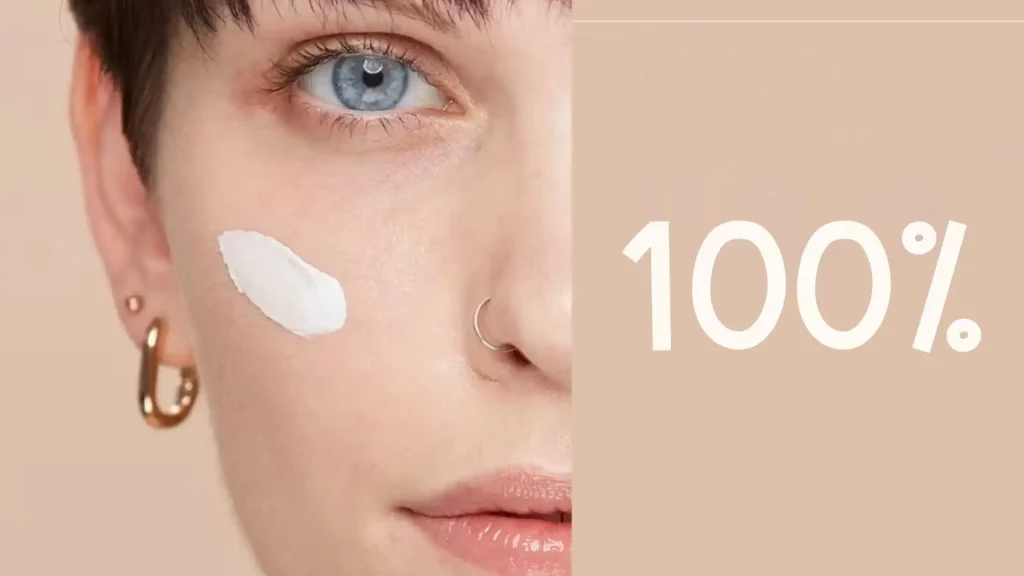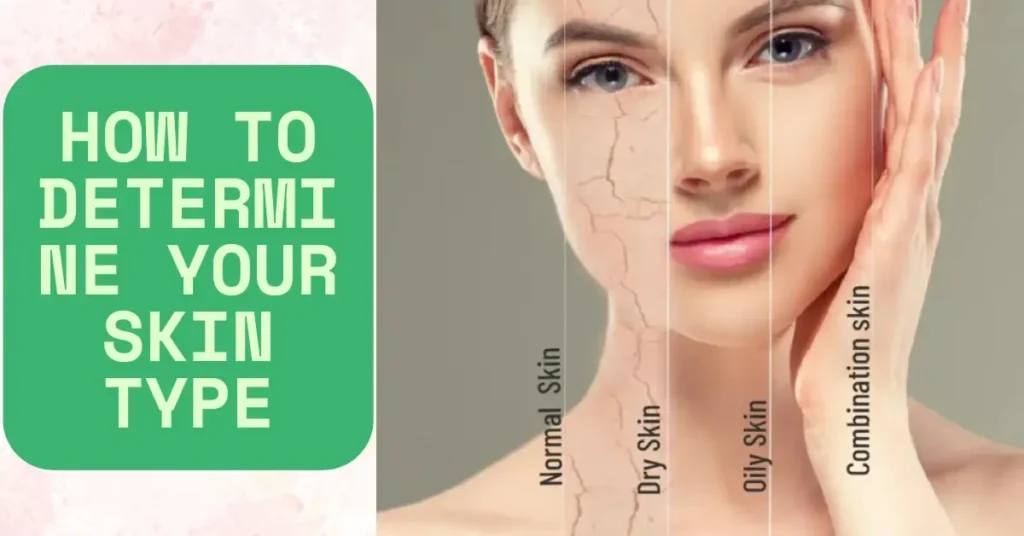Stretch marks are common, affecting up to 90% of women during pregnancy. They can also happen in men and teens. These marks are thin lines on the skin, caused by fast growth, weight changes, or hormonal shifts.
Laser stretch mark removal is a safe, non-invasive method. It’s FDA-approved and works by breaking down scar tissue. It also boosts collagen production. This treatment can make stretch marks less noticeable, with 92% of patients happy with the outcome.
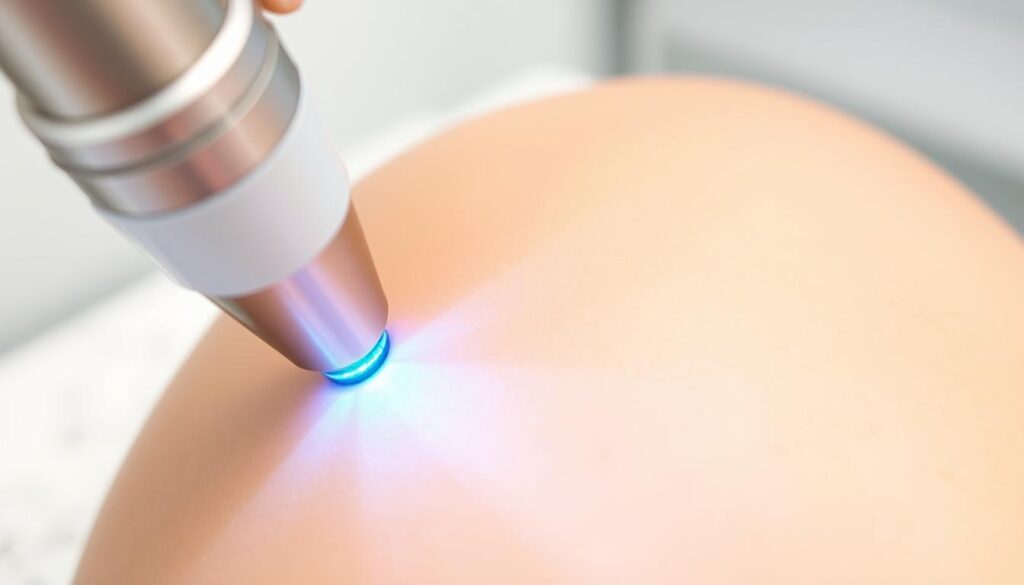
Laser stretch mark removal is a game-changer for those wanting to hide stretch marks. It uses laser technology to tackle the root causes of these marks. This leads to a clear improvement in how they look.
With 92% of patients satisfied, this method can boost your confidence. It helps you feel more at ease in your own skin.
Understanding Stretch Marks: Causes and Formation
Stretch marks, also known as striae, are scars in the dermis, the middle skin layer. They happen when collagen and elastin fibers tear due to skin stretching or shrinking. This tearing causes the skin to show lines or streaks.
Types of Stretch Marks
Stretch marks go through stages. They start as reddish or purplish marks and fade to white or silver over time. There are a few types:
- Red/Purple Stretch Marks: These are the newest and most visible, showing recent skin stretching.
- White/Silver Stretch Marks: As they mature, they lighten to silvery or white, becoming less noticeable.
Common Risk Factors
Several factors can lead to stretch marks, including:
- Rapid weight changes, like during puberty, pregnancy, or big weight loss or gain.
- Long-term use of corticosteroid medications, which can weaken skin elasticity.
- Certain medical conditions like Cushing’s syndrome that cause hormonal imbalances.
- Genetics, as some people are more likely to get stretch marks due to their skin type and elasticity.
Areas Most Affected
Stretch marks can show up on different parts of the body. But they’re most common on:
- Abdomen
- Thighs
- Buttocks
- Breasts
- Upper arms
People with lighter skin tones might notice stretch marks more because they show up more on their skin.
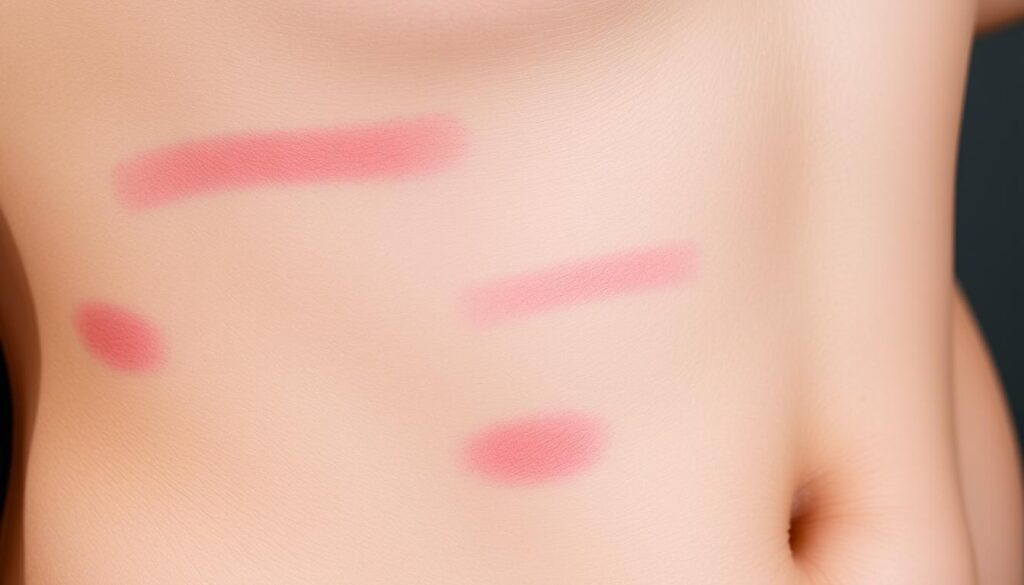
The Science Behind Stretch Mark Development
Stretch marks, also known as striae, happen when the skin stretches too much. This damage affects the collagen and elastin fibers in the dermis. As a result, you see scarring on the skin’s surface.
The process starts with redness and more blood flow. Then, the marks fade to white or silver as the skin heals.
Knowing how stretch marks form is key for laser stretch mark treatments and stretch mark prevention. In the early stages, the skin is more open to laser therapy. This helps in making the skin’s structure better.
Things like quick weight changes, puberty, and pregnancy can lead to stretch marks. Pregnancy is especially risky, with 50-90% of women getting stretch marks as their belly grows.
While creams and some ingredients might help a bit, treatments like microneedling and laser therapy work better. They can make stretch marks less noticeable.
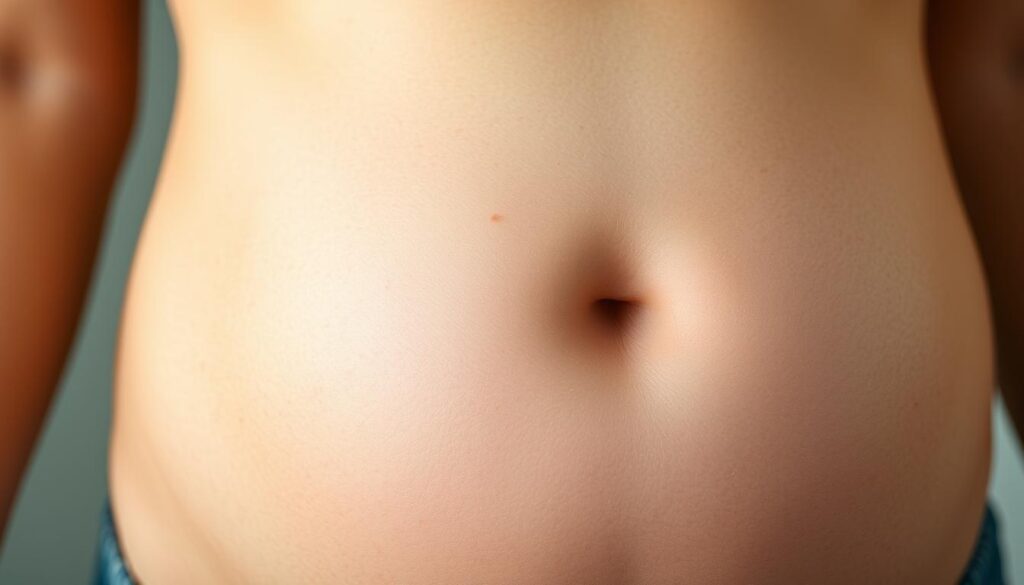
Understanding stretch mark science helps people choose the best treatments. Whether it’s laser stretch mark treatments or prevention, knowing what works can lead to smoother skin.
Laser Stretch Mark Removal: How it Works
Looking for a way to make stretch marks less noticeable? Laser therapy might be what you need. It uses light energy to fix the problems under the skin and make it look better.
Ablative vs Non-ablative Lasers
There are two types of lasers for stretch mark removal: ablative and non-ablative. Ablative lasers remove the top skin layer, which helps make new collagen. Non-ablative lasers heat the deeper skin to make collagen without harming the surface.
Treatment Mechanisms
The laser’s energy breaks down scar tissue in stretch marks. It also increases blood flow and makes new collagen and elastin. This makes the skin smoother and less visible over time.
Collagen Stimulation Process
- Lasers start the body’s healing process, making new collagen and elastin.
- As the skin gets rebuilt, stretch marks start to fade.
- It takes several treatments to see the best results, as it’s a slow process.
Laser skin resurfacing or therapy can change how your skin looks and feels. It makes it smoother and more elastic. While it costs, many people think it’s worth it for the results.
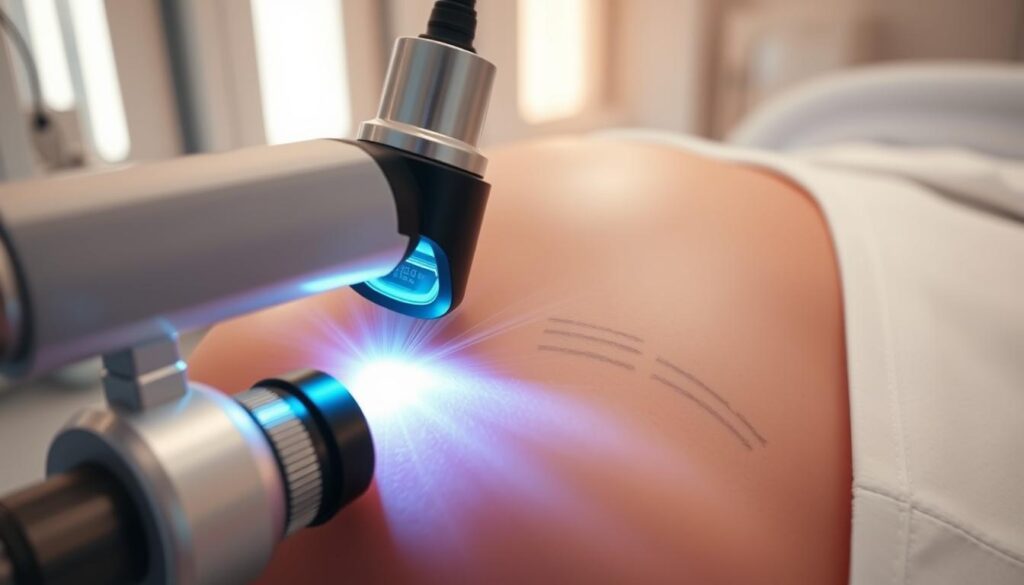
Benefits of Laser Treatment for Stretch Marks
Laser stretch mark removal is a non-invasive treatment that helps improve skin appearance. It works best on newer, reddish stretch marks. It reduces their visibility and boosts the skin’s natural healing.
This treatment also enhances skin texture and tone. The laser breaks down scar tissue, leading to new collagen and elastin. This makes stretch marks less noticeable and skin smoother.
- Reduced visibility of stretch marks, particularly newer, reddish ones
- Stimulation of natural skin healing and collagen production
- Improved skin texture and tone for a more even, smoother appearance
- Quick recovery time with minimal downtime
- Cumulative results that continue to improve over time
Another great thing about laser stretch mark reduction is the quick recovery. Patients can usually go back to their daily activities right after. This makes it perfect for those with tight schedules.
The results of laser treatment keep getting better as the body makes more collagen. This means patients can see stretch marks getting less noticeable over time, even after the first treatment.
In summary, laser stretch mark removal is a top choice for those wanting to enhance their skin. It uses advanced laser technology for quick, lasting results. Patients can enjoy a more youthful look with little downtime.
Types of Laser Technologies Used
There are many advanced laser technologies for treating stretch marks. The most popular include the fractional CO2 laser, V-Beam laser, and Fraxel laser treatments.
Fractional CO2 Laser
The fractional CO2 laser is great for fractional co2 laser for stretch marks. It works deep in the skin, boosting collagen and rejuvenating it. This laser can treat both new and old stretch marks, making them look much better.
V-Beam Laser
The V-Beam laser is best for laser stretch mark treatments that are red or pink. It uses a non-ablative pulsed-dye laser to reduce blood vessel color. This helps fade newer stretch marks.
Fraxel Laser Treatment
The Fraxel laser treats both the top and deeper layers of the skin. It encourages collagen production and skin renewal. This helps reduce stretch marks over time.
Dermatologists might suggest using a mix of these lasers for the best results. This approach can help make stretch marks less noticeable.
What to Expect During Treatment Sessions
If you’re thinking about laser treatment for stretch marks or laser stretch mark removal, knowing what to expect is key. These treatments usually take 30 to 90 minutes, depending on the area. You might feel a mild warmth as the laser works on your skin.
Before starting, a numbing cream is applied to make you more comfortable. You’ll likely need 4 to 6 sessions to see the best results. Right after, your skin might look a bit red and swollen. But don’t worry, these signs go away quickly, and you can get back to your day as usual.
- Laser treatment sessions typically last 30-90 minutes
- Topical numbing cream is often used for comfort
- Multiple sessions (4-6) are usually required for best results
- Temporary redness and swelling are common after treatment
- Patients can typically return to their normal routine immediately
Knowing what to expect from laser treatment can make you feel more ready and confident. Remember, being consistent and patient is crucial for the best results.
Recovery and Aftercare Guidelines
Getting the best results from laser treatments for stretch marks needs careful aftercare. After your treatment, it’s key to follow certain steps. These steps help your skin heal and make the treatment work better.
Post-Treatment Care
Right after the treatment, you might see some redness, swelling, or feel a bit of discomfort. These effects are usually mild and go away in a few days. To help your skin recover, do the following:
- Avoid direct sun exposure and tanning beds for at least 4 weeks.
- Don’t wax, use chemical peels, or get collagen injections for 2 weeks.
- Stay away from anti-inflammatory drugs to avoid bleeding.
- Use a gentle, fragrance-free moisturizer and apply SPF 45+ sunscreen when outdoors.
Timeline for Results
The effects of laser treatments for stretch marks can get better over months as collagen builds up. Many see big changes after 2-4 sessions. Studies show 87% of patients saw a big drop in stretch marks at six months after their last session, up from 80% at three months. You might start seeing changes as soon as a month after your third session.
Talking to a skilled dermatologist is important. They can check if laser therapy is right for you. They’ll also help create a treatment plan for the best results in removing stretch marks.
Treatment Effectiveness and Results
If you’re looking to reduce stretch marks, laser treatments might be a good choice. Studies show lasers can make stretch marks look 20-60% better.
The success of laser treatments depends on several things. These include your age, the color of your stretch marks, and your skin type. Newer, reddish marks usually respond well to lasers. But older, white marks might not see as much improvement.
Lasers can’t get rid of stretch marks completely. But they can make them less noticeable. They also help improve your skin’s texture and tone.
The effects of laser treatments last a long time. But, you might need to get treated again to keep the results. You’ll likely need several sessions to see the best results, which can take months.
Laser therapy boosts collagen and elastin in your skin. This helps fix the damaged tissue and makes stretch marks less visible. The recovery time is short, so you can get back to your daily life quickly.
Your healthcare provider might suggest different lasers for your stretch marks. They might recommend fractional CO2 lasers or the V-Beam laser.
Keep in mind, everyone reacts differently to laser treatments. But with the right treatment and care, you can see a big improvement in your stretch marks. This can help you feel more confident in your skin.
Safety Considerations and Potential Side Effects
When thinking about laser stretch mark treatments, knowing the risks and side effects is key. Laser therapy is usually safe and works well. But, there are a few things to remember.
Common Side Effects
Common side effects include temporary redness, swelling, and mild discomfort. These usually go away in a few days after treatment. Rarely, patients might see minor burns, scarring, or changes in skin color.
Contraindications
Laser treatments are not good for pregnant or breastfeeding women. The effects on the baby or baby’s milk are not known. People with active skin issues like eczema or psoriasis should wait until their skin heals.
Those with darker skin should be careful. There’s a higher chance of dark spots after treatment. It’s important to find a skilled, certified practitioner. They can tailor a treatment plan for you, reducing risks and improving results.
Discover more hair trends:
- How the stars remove stretch marks
- 9 Proven Natural Remedies to Fade Scars Effectively!
- Stretch Marks: And How to Get Rid of Them – Why Do They Appear
- How to remove back acne: Some of the fastest ways
- How to get rid of stretch marks with homemade solutions?
- Tattoo Removal Before and After Results You Can Trust
- Follow us on Facebook
- Follow us on Pinterest

